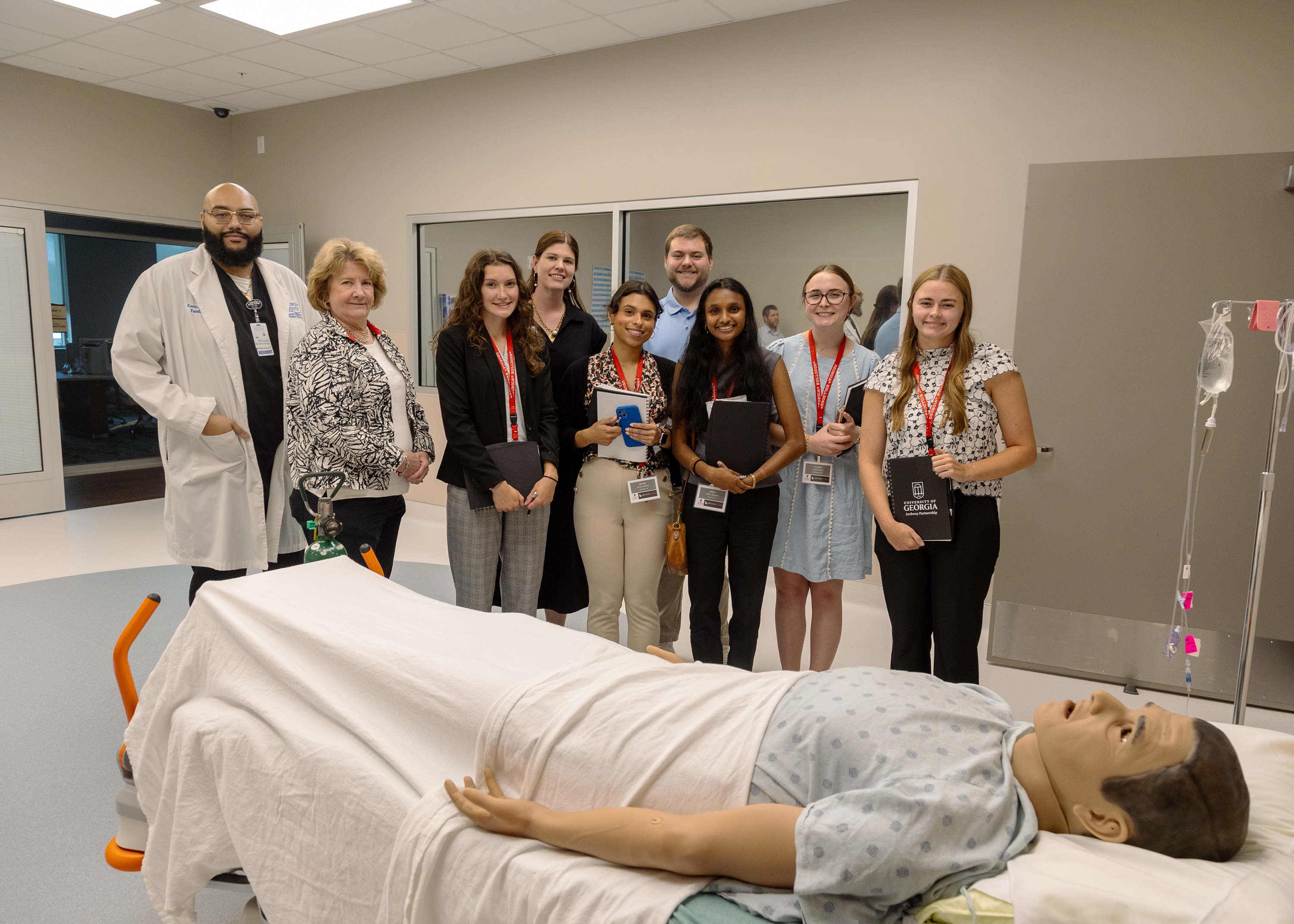HARRY MARTINEZ: A necessary encounter
Published 8:33 am Wednesday, August 14, 2024

- Harry Martinez, a resident of Albany, is a retired minister who served a nondenominational congregation in Florida. His weekly column appears in several South Georgia newspapers.
Imagine walking up and down the length of a country such as Israel without the luxuries of today’s highway rest areas, numerous sleeping facilities and convenience stores where food and water can be easily obtained. Without the availability of such facilities, very few, except those promoting a cause, would consider traveling by foot. Yet, during the life and ministry of Christ, His mode of travel was almost exclusively by walking.
One of those traveling episodes is recorded in the gospel of John. “Now he [Jesus] had to go through Samaria. So he came to a town in Samaria called Sychar, near the plot of ground Jacob had given to his son Joseph. Jacob’s well was there, and Jesus, tired as he was from the journey, sat down by the well. It was about the sixth hour” (John 4:4-6 NIV). This account demands more than a cursory reading or the divine purpose of this journey will be overlooked.
First, and most unusual, is the word “had” as used by John in describing Jesus’s journey into Samaria. That was not the customary route taken by the Jews when going from Judea up into Galilee because of their prejudice against Samaritans. However, John notes that the thinking of Jesus was different. In Samaria, like every other area of Palestine, there was a need to face the reality that Christ had come into the world to provide salvation for sinful man. Man’s faith, directed toward Christ, would result in a relationship with God.
Secondly, the journey demonstrated the humanity of Christ. He was tired and needed water. Was He not the Creator who made the heaven and the earth and established the fountains of water and formed the clouds to produce rain? Could He not cause the rocks to gush forth water as in the days of the wilderness journey out of Egypt? The Apostle Paul reminds us that … “Who, [Christ] being in very nature God, did not consider equality with God something to be grasped, but made himself nothing, taking the very nature of a servant, being made in human likeness” (Phil 2:6-7 NIV).
Thirdly, note the time of day when Jesus rested at the well. It was noon according to Jewish time and the sun was at its peak. Apparently, he was alone but not for long. This same Jesus, who on another occasion would turn water into wine, was there to accomplish the Father’s plan in meeting the spiritual need of a woman who was shunned by the people where she lived. The divine plan, free of prejudice, was going to radically change the woman who was on her way to draw water. John records the account of Jesus with the woman at the well. It was essential for Jesus to be there, for the news that God had taken on flesh and had come to pay the sin debt of everyone was to be presented.
In this encounter is seen the compassion that Jesus had toward women. “When a Samaritan woman came to draw water, Jesus said to her, “Will you give me a drink?” (His disciples had gone into the town to buy food.) The Samaritan woman said to him, “You are a Jew and I am a Samaritan woman. How can you ask me for a drink?” (For Jews do not associate with Samaritans.) Jesus answered her, “If you knew the gift of God and who it is that asks you for a drink, you would have asked him and he would have given you living water” (John 4:7-10 NIV).
This lady, whose name is unknown to us, but listed in the annals of eternity said … “I know that Messiah (called Christ) is coming. When he comes, he will explain everything to us.” Then Jesus declared, “I who speak to you am he” (John 4:25-26 NIV). “For the Son of Man came to seek and to save what was lost” (Luke 19:10 NIV). Race, nationality, gender, nor reputation, could hinder the power of the gospel to bring salvation to her and all who place their faith in Christ.





